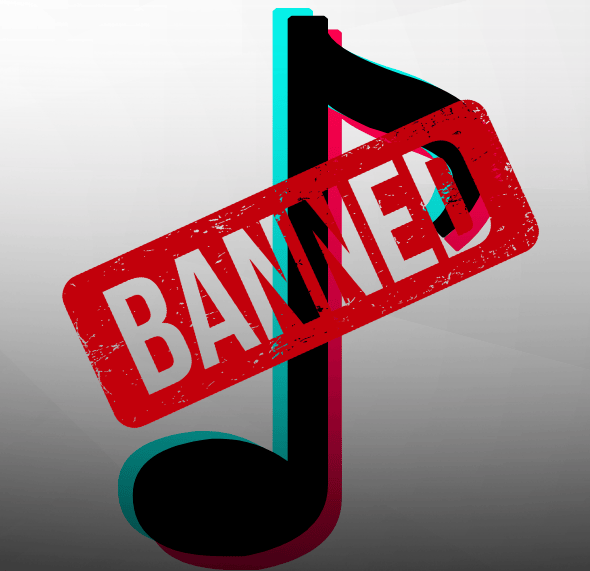
The debate surrounding a potential TikTok ban in the United States has centered on concerns like data security and national privacy. However, an increasingly relevant argument focuses on the platform’s impact on children and adolescents. Parents, educators, and policymakers are raising concerns about TikTok’s ability to expose young users to what they view as inappropriate or controversial content, including discussions about transgender movements and LGBTQ+ topics. This article explores how restricting access to TikTok could shield children from such influences and provides a broader perspective on the implications.
The Rise of TikTok and Its Influence on Youth
TikTok has rapidly become one of the most popular social media platforms among young people, boasting over a billion users worldwide. Its highly engaging short-form video format captures users’ attention, with algorithms that tailor content to individual preferences. While this customization can provide entertainment and educational content, it also exposes children to sensitive topics and controversial ideas.
LGBTQ+ discussions, including those focused on transgender issues, have found a significant presence on TikTok. These videos often aim to educate, support, or advocate for acceptance. However, critics argue that the constant exposure to these topics can overwhelm impressionable young users and potentially conflict with their family values or cultural norms.
Shielding Kids from Inappropriate Content and Indoctrination
One of the primary concerns about TikTok is its ability to expose children to content that parents and educators may find inappropriate. The platform’s algorithms often push trending topics, including those surrounding gender identity and sexual orientation. Critics assert that this can lead to unintended consequences, such as shaping children’s beliefs or encouraging premature exploration of complex ideas.
Exposure to Sensitive Topics: TikTok’s algorithm promotes viral content, meaning that children may encounter videos on LGBTQ+ topics, even if they or their guardians have not actively sought out this content. For example, some users share their journeys as transgender individuals, including discussions about hormone therapy, surgeries, and personal struggles. While these stories can be inspiring for some, others believe they may introduce children to ideas they are not ready to process.
Promotion of Activist Narratives: Beyond personal stories, TikTok is also a platform for advocacy. Activist groups use the app to promote specific agendas, including LGBTQ+ rights and social justice issues. For critics, this raises concerns about indoctrination, as young users may absorb these ideas uncritically due to their limited ability to analyze complex social issues.
Undermining Parental Guidance: TikTok provides a space for discussions that some parents might prefer to address in their own time and manner. Critics argue that unrestricted access to such content undermines parental authority and the ability to guide their children’s understanding of sensitive topics.
Why Restriction May Be Beneficial
Restricting or banning TikTok, particularly for younger users, could help shield children from exposure to inappropriate content and controversial social issues. Here’s how:
Preservation of Age-Appropriate Learning: By limiting access to platforms like TikTok, parents and educators can ensure that children are introduced to complex topics like gender identity and sexual orientation at a pace suitable for their developmental stage. Without constant exposure to such themes online, children may have the opportunity to learn and understand these ideas in a controlled and supportive environment.
Reducing Peer Pressure: Social media platforms often amplify trends that encourage conformity. TikTok’s influence on younger audiences can create a sense of peer pressure to adopt or align with trending identities, such as labeling themselves with specific pronouns or aligning with certain movements. Restricting TikTok would reduce this external influence, allowing children to explore their identities without the additional pressure of social media trends.
Minimizing Exposure to Harmful Content: TikTok has faced criticism for hosting content that some find inappropriate or even harmful, such as challenges that glorify risky behavior. Restricting access could prevent children from encountering not only LGBTQ+ discussions but also other problematic material, creating a safer online environment.
The Role of Parents and Educators
While restrictions on TikTok could shield children from certain content, it’s essential to recognize the complementary role of parents and educators in guiding their online experiences. Rather than relying solely on platform bans, adults should engage in active conversations about social media use and its impact.
Parental Controls: Many platforms, including TikTok, offer tools that allow parents to filter content and monitor their children’s activity. Encouraging the use of these tools could be a middle-ground solution for families who are not ready to embrace a complete ban.
Media Literacy Education: Teaching children critical thinking skills is crucial in helping them navigate the digital world. By understanding how algorithms work and learning to question the content they consume, children can develop a more balanced perspective on the issues they encounter.
Open Communication: Building a foundation of trust between parents, educators, and children can encourage young users to discuss the content they see online. This allows for constructive conversations about topics like gender identity and social justice, enabling children to form their views in a supportive environment.
Banning TikTok
The ongoing debate about banning TikTok reflects deeper societal concerns about how social media influences children. For critics, restricting access is an opportunity to shield young users from exposure to controversial content, including LGBTQ+ discussions and transgender movements. However, it’s also crucial to strike a balance between protecting children and allowing them to access diverse perspectives.
Ultimately, a combination of responsible platform policies, parental involvement, and media literacy education may offer the most sustainable solution. While banning TikTok could mitigate immediate concerns, fostering an informed and critical approach to social media use is essential for equipping children to navigate an increasingly digital world.
